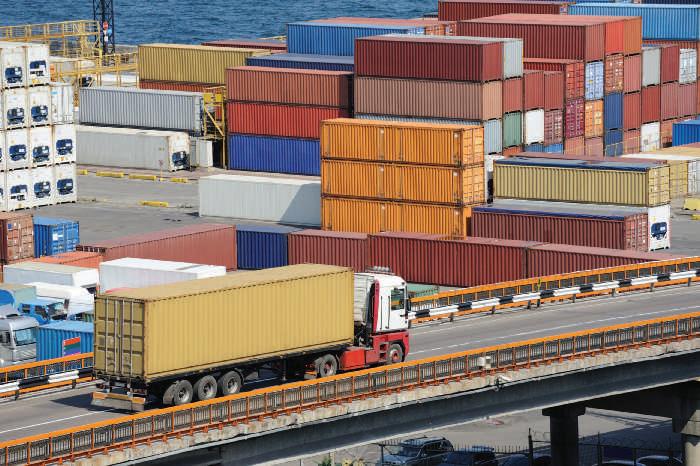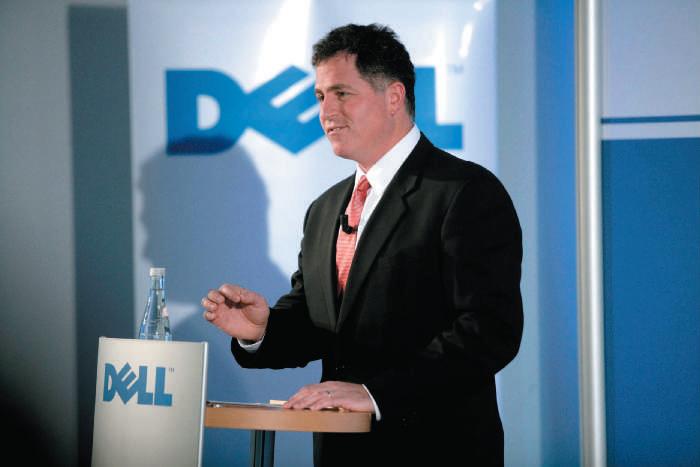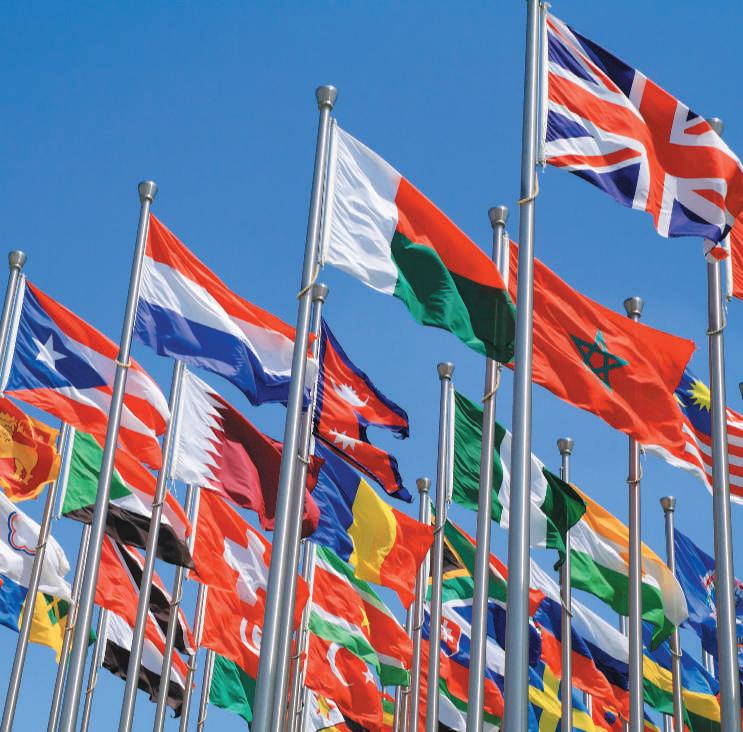G lo b al P roc u reme n t
321
Another disadvantage of global procurement is that the profits that the company could earn by producing the goods and services in-house may now go to the suppliers. This could affect the profitability of the buying company. Similarly, perhaps the company could produce the goods and services more efficiently than the supplier and, hence, at a lower cost. Buying may also tip the balance of power in favor of suppliers. When IBM’s PC Division first decided to buy microprocessors from Intel and operating systems from Microsoft, IBM had the negotiation advantage. By choosing Intel’s microprocessors and Microsoft’s operating system, IBM made these products the industry standard. Consequently, as more software and peripherals were developed for the Intel-Microsoft standard, it became increasingly difficult for PC manufacturers, including IBM, to seek alternative sources of supply for microprocessors and operating systems.3 Buying from suppliers could unintentionally lead to suppliers becoming competitors. This is the case of SAP and Oracle. Several decades ago SAP, the largest provider of enterprise resource planning software in the world, was buying 80 percent of its databases from Oracle. When Oracle realized how profitable SAP’s business was, Oracle created its own brand of enterprise resource planning software, to become a direct competitor of SAP. After Oracle’s expansion, SAP has only purchased 20 percent of its databases from Oracle. Procuring goods and services from suppliers can also carry the risk of suppliers providing those same goods and services to the competition. This is the case for IBM with regard to its suppliers Intel and Microsoft. Intel and Microsoft are now selling their products to Dell and Hewlett-Packard, which were IBM’s competitors in the PC business until 2005, when Lenovo acquired IBM’s PC Division.
13-2c Outsourcing and Insourcing In Chapter 11, the text discussed outsourcing and offshoring from the Global Human Resource Management perspective. In this section, the text will revisit outsourcing and offshoring from the global procurement perspective. When a firm has been “making” goods and services in-house, and then decides to “buy” these goods and services from suppliers, it is said that the firm has outsourced these goods and services. As in the case of the business functions procurement, production, logistics, and R&D, outsourcing can be domestic or global. Domestic outsourcing means that the firm doing the outsourcing and the supplier that will provide the outsourced good or service are located in the same country. Global outsourcing means the firm and the supplier are located in different countries. Moreover, in some business circles, global outsourcing is also called offshoring. In general, outsourcing is a term that can be used to describe almost any corporate activity that is managed by an outside vendor, from the running of the company’s cafeteria to the provision of courier services.4 Consequently, the type of outsourcing considered in this chapter should be understood as “operations outsourcing”; however, for brevity it will simply be called outsourcing. Outsourcing can have strategic implications for business organizations. The Sony Corporation, for example, has recently been affected by outsourcing. When Sony Chief Executive Howard Stringer announced that he was considering drastic cost-cutting steps for Sony’s core electronics division, outsourcing topped his to-do list. This shift marked a minor victory for Stringer. After more than three years leading the company, Stringer finally has appeared to be breaking the company’s addiction to manufacturing (“make”). To show that he is serious, the Welsh-born American CEO has said he will close five or six of Sony’s 57 global plants and reduce the company’s budget for factories and chip-making equipment by one-third over the next fiscal year. “We have to move very, very quickly and control our costs,” Stringer told journalists in Tokyo. He appears to have made up his mind about outsourcing one specific product: television sets. What will Stringer’s outsourcing strategy look like? That has not been determined, but experts predict that Sony will continue to make the
outsourcing
when a firm has been making goods and services in-house, and then decides to buy these goods and services from suppliers
domestic outsourcing
when the firm doing the outsourcing and the supplier that will provide the outsourced goods and services are located in the same country
global outsourcing
when the firm doing the outsourcing and the supplier that will provide the outsourced goods and services are located in different countries; also called offshoring
offshoring
when a firm and the supplier are located in different countries
Copyright 2017 Cengage Learning. All Rights Reserved. May not be copied, scanned, or duplicated, in whole or in part. Due to electronic rights, some third party content may be suppressed from the eBook and/or eChapter(s). Editorial review has deemed that any suppressed content does not materially affect the overall learning experience. Cengage Learning reserves the right to remove additional content at any time if subsequent rights restrictions require it.







































